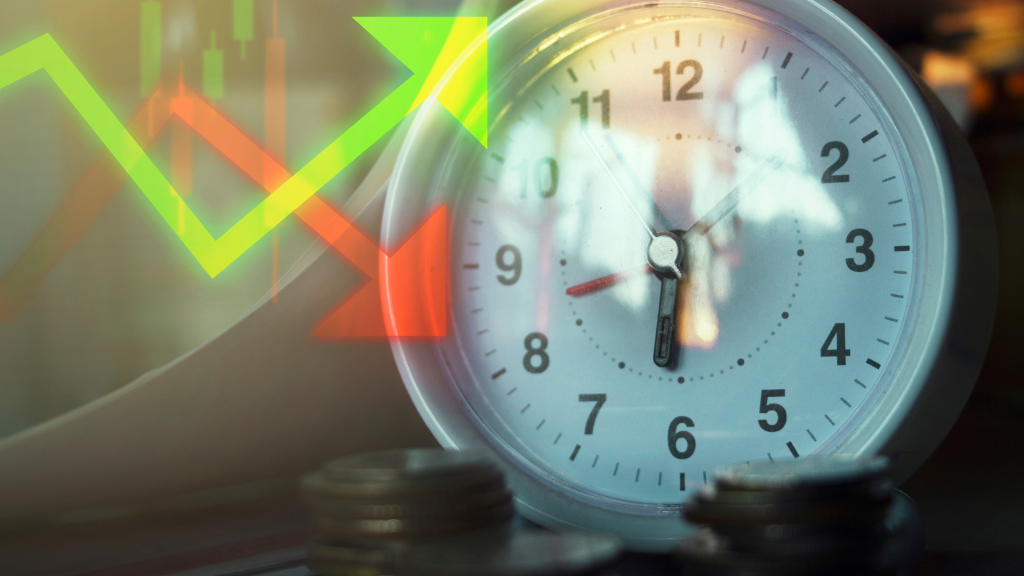The Best Time to Trade Forex: An Overview of the Global Market

The foreign exchange market, or forex, is the largest and most liquid financial market in the globe, with over $7 trillion traded every day. Unlike stock markets, the forex market is open 24 hours a day, five days a week. That does not always mean it is preferable to trade at any moment, though.
In this article, we will break down the timeliest times to trade forex, examine major trading sessions, and crack the code on how market hours globally affect price volatility and opportunity.
How Forex Market Hours Work
Forex trading is a sun-watching affair — literally. As financial markets in various parts of the globe open and close, market activity moves from one part of the globe to another. The market is divided into four major trading sessions:
Sydney Session: Opens: 10:00 PM GMT – Closes: 7:00 AM GMT
Features: Less volatile but begins the trading week. Ideal for AUD and NZD pairs.
Tokyo Session: Opens: 12:00 AM GMT – Closes: 9:00 AM GMT
Features: Average volume; required for JPY pairs. Overlaps with Sydney for several hours usually.
London Session: Opens: 8:00 AM GMT – Closes: 5:00 PM GMT
Features: Most liquid session; features major European markets. EUR, GBP, and CHF pairs are well-liquid.
New York Session: Opens: 1:00 PM GMT – Closes: 10:00 PM GMT
Features: Second most active session; USD pairs dominate. Overlaps with London for a few hours, leading to great volatility.
Best Times to Trade: The Overlap Hours
The best and most profitable forex trading hours are generally overlap times — when there are two markets open at the same time.
1. London/New York Overlap (1:00 PM – 5:00 PM GMT)
Why it’s the best: Most trading volume and volatility.
Best pairs to trade: EUR/USD, GBP/USD, USD/CHF
2. Tokyo/London Overlap (8:00 AM – 9:00 AM GMT)
Why it’s important: Brief window but can sometimes see market momentum gather before London takes over.
Worst Times to Trade
Although the market is technically open at all times, there are times with less liquidity and wider spreads — particularly:
Late Friday after U.S. markets close (less volume, positions being closed)
Sunday evening when Sydney opens (narrow liquidity, price gaps)
Matching Time Zones to Your Strategy
Different trading strategies demand different levels of market activity:
Day trading or scalping? You require high volatility → London or NY session.
Swing trading or position trading?
It is not so much a matter of time of day, but news announcements still are.
Day trading Asia-rooted pairs like USD/JPY or AUD/USD? Tokyo and Sydney sessions best.
Final Advice for Selecting the Best Time to Trade
Understand your pairs: They all act differently depending on which session is available.
Keep an eye on economic calendars: Large news (such as U.S. Non-Farm Payrolls or ECB announcements) can make savage moves.
Use a forex market hours tool to align session openings to your local time.
Conclusion
There is no single “best” time to trade — it all depends on your goal, method, and pairs. Having said this, it is an advantage to know when the market is most active. Be aware of overlap periods, note important economic reports, and schedule your trades according to the sessions where your preferred pairs are most liquid.
Good luck trading — and may the pips be with you!

